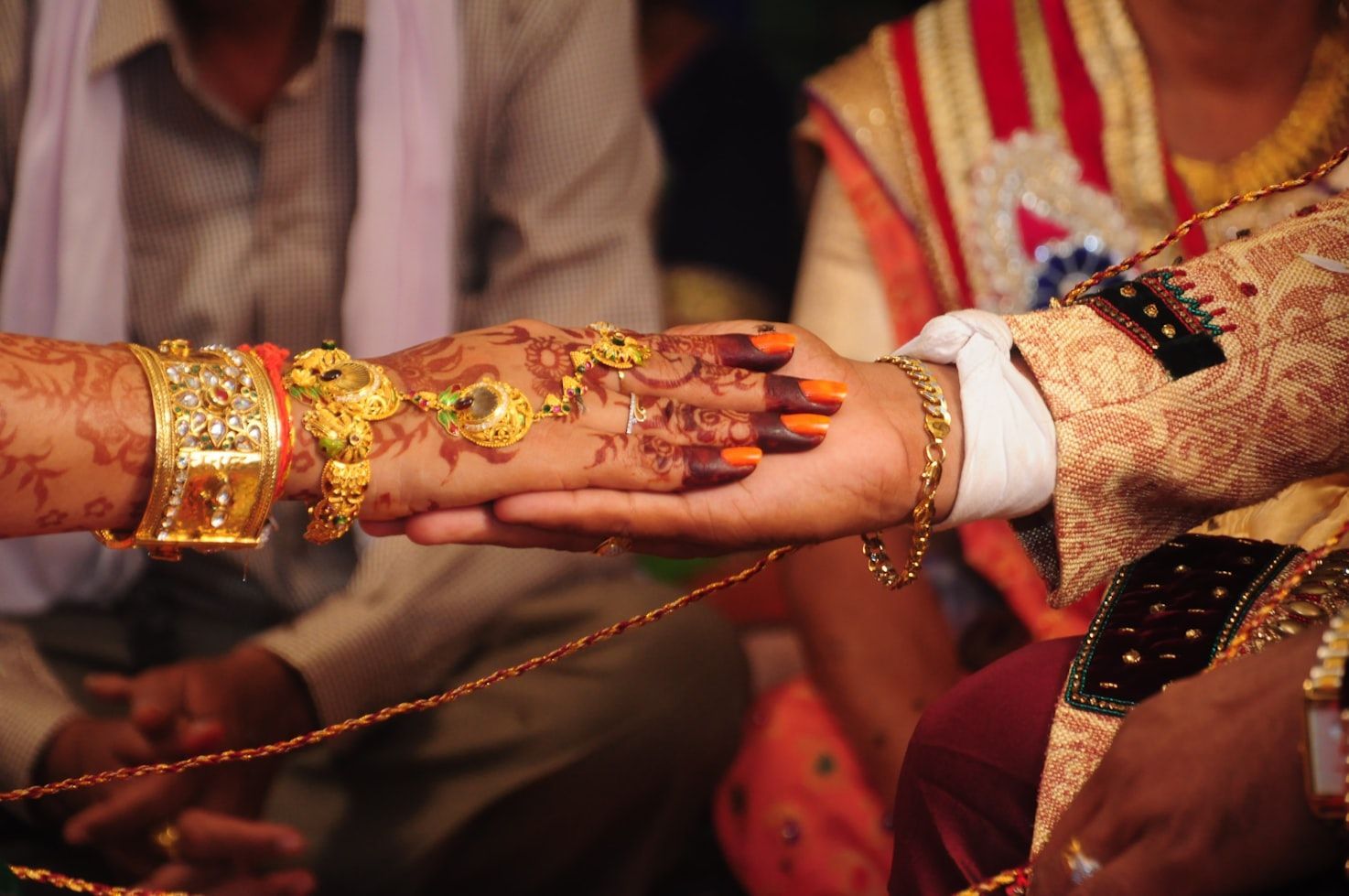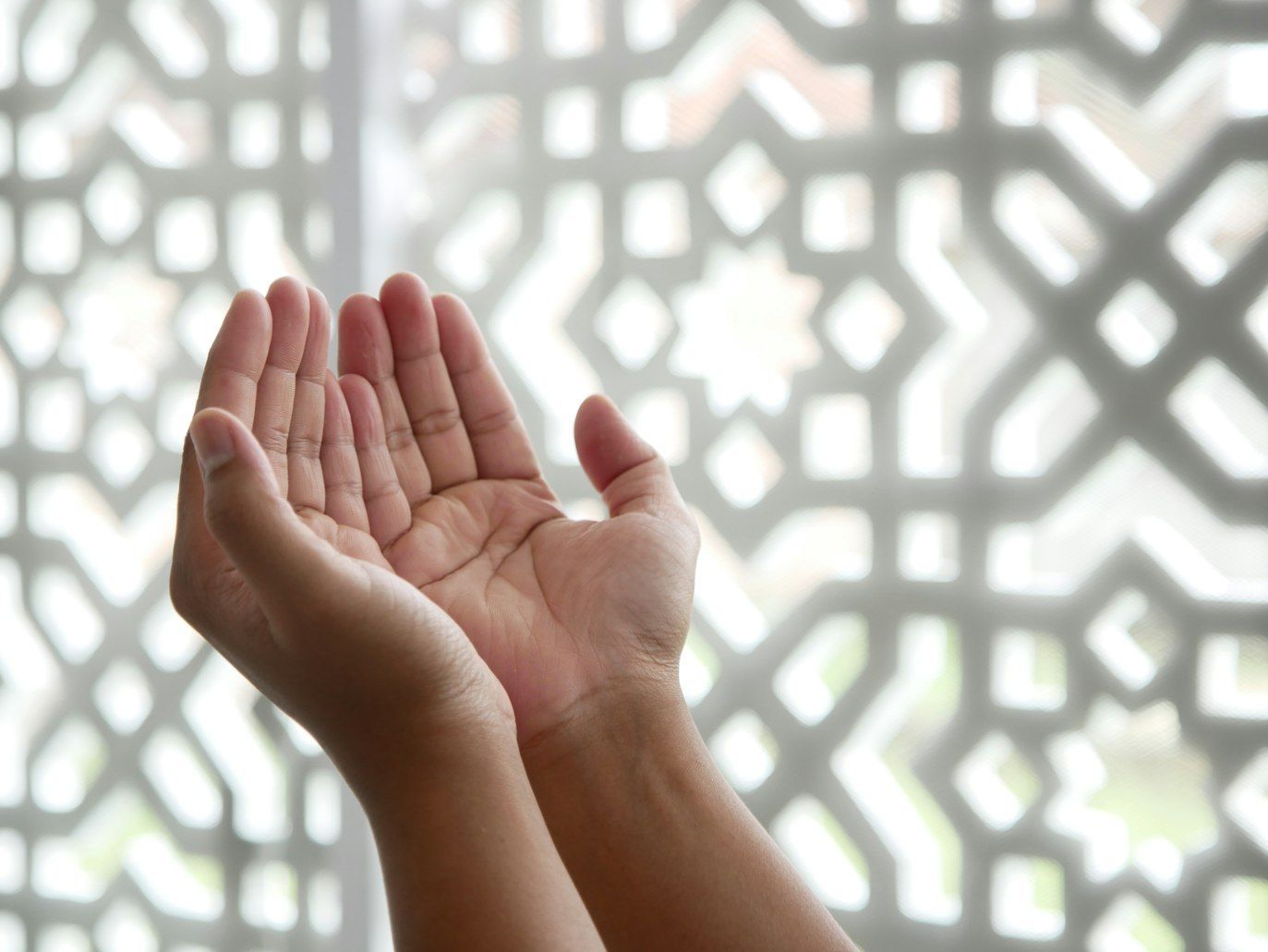Success stories
Did you know these 10 companies built empires from a single product?
Published on September 21, 2025
 Credit: Liviu C.
Credit: Liviu C.
You don't need a bunch of different ideas to achieve success, and history proves it! Many iconic brands built their entire empires around just one product. From classic Velcro to modern-day Crocs, join us as we explore 10 companies that turned a single idea into a global success story.
Crocs
 Credit: ALEXANDRA TORRO
Credit: ALEXANDRA TORRO
Some say they are "ugly," but Crocs definitely revolutionized casual footwear. In 2002, three friends discovered Croslite, a lightweight, flexible, spongy, yet durable material. They quickly realized its slip-resistant qualities made it perfect for boating shoes. When they first launched Crocs, they sold out their entire stock, and over the years, the brand grew into a global footwear leader.
LEGO
 Credit: Xavi Cabrera
Credit: Xavi Cabrera
Many of us were lucky enough to play with interlocking plastic blocks as kids. And maybe even as adults, why not? When we think of plastic blocks, LEGO instantly comes to mind. This Danish brand, founded in 1934, turned this seemingly simple product into a global icon of play.
Tupperware
 Credit: Syed Hussaini
Credit: Syed Hussaini
Earl Tupper built an empire on an innovative idea: multi-purpose plastic containers with airtight seals. In the 1940s, Tupper developed the first versions, and by the end of the decade, the product was already a huge success. And it remains popular to this day, so much so that the product is often called simply by the brand name.
Velcro
 Credit: cegoh cegoh
Credit: cegoh cegoh
Although it may seem simple, the hook-and-loop fastener we know today revolutionized the design of many products, especially clothing and shoes. Swiss engineer George de Mestral had the brilliant idea in 1941 after returning from a hiking trip, when he noticed burrs clinging to his clothes and his dog's fur. He studied the phenomenon, developed the fastening system, and then patented it in 1955 under the name Velcro.
Play-Doh
 Credit: Franco Antonio Giovanella
Credit: Franco Antonio Giovanella
Like Velcro, Play-Doh's flagship product was created by accident. The modeling clay children around the world love actually began in the mid-1950s as a sticky substance to clean wallpaper, invented by Noel McIntyre, a salesman for a soap company. But fate had other plans, and this single product became the foundation for a giant company dedicated to children's toys.
Post-it Notes
 Credit: Paper Textures
Credit: Paper Textures
One of the most beloved tools for students, office workers, researchers, teachers, and many others around the world is the Post-it note. This clever invention came from scientists Spencer Silver and Art Fry. Silver discovered a reusable adhesive in 1968, and in 1974, Fry found the perfect use for it: sticky notes. That single idea built a brand that remains a market leader to this day.
Zippo
 Credit: aaron boris
Credit: aaron boris
Zippo became world famous thanks to a single product: its lighters, which many consider the best on the market. They were invented in 1932 by George G. Blaisdell in Pennsylvania, after he was inspired by an Austrian lighter he owned. While it worked well, it was awkward to handle, so Blaisdell improved the design, making it more durable, windproof, and easy to use. His finishing touch was the addition of the now-iconic flip-top lid.
Spanx
 Credit: Mary Skrynnikova
Credit: Mary Skrynnikova
Although spandex fabric is now part of everyday life, it didn't exist until 1958, when it was invented by a chemist. While it has been popular in various garments over the years, the brand that truly harnessed its potential was Spanx. Founded in 2000 by then-27-year-old saleswoman Sara Blakely, Spanx focused on shapewear and built a billion-dollar company from that single product.
WD-40
 Credit: Ансплэш Степана
Credit: Ансплэш Степана
The world would be a much noisier and more frustrating place without WD-40. It was invented in 1953 by scientist Norm Larsen, who was trying to develop a water displacement formula to prevent rust on aerospace parts. After 40 tries, Larsen got it right, hence the name WD-40. What started as a tool for NASA and the military eventually became a household staple!
Red Bull
 Credit: Jesper Brouwers
Credit: Jesper Brouwers
In the 1980s, Red Bull popularized and practically created an entirely new product category: the energy drink. Developed by Austrian entrepreneur Dietrich Mateschitz, Red Bull was inspired by an Asian beverage known for its energizing properties, and it went on to become a huge brand and a global sensation.











